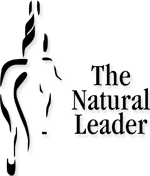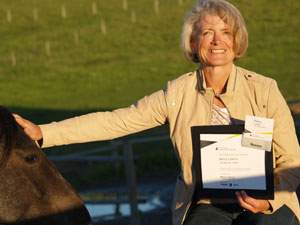 “A horse lives in the present.”
“A horse lives in the present.”
We get caught up in the past and can easily be swayed by what the future holds. A horse is only concerned with what is happening in the moment. As a leadership learning partner, they provide the opportunity for us to see the importance of being present with those we are with.
I spent fifteen years of my career as a project manager. I traveled a lot, worked with a variety of different clients and had to coordinate many different types of people and services. I admit I was guilty of believing I was a great multi-tasker. I thought I was brilliant at handling many things at once, what I now know is our brain is actually only capable of handling one thing at a time. Something David Eagleman explains in his book “Incognito – The Secret Lives of the Brain”. Fortunately the number of things our brains can process is huge allowing us to handle multiple activities concurrently, but we can only focus on one thing at a time.
A horse helps us see how important that is, a learning I have now received many times over. Rhys simply happens to be the best horse at noticing when my attention has drifted for that split second. A skill he demonstrated at a recent program, when a participant shared her learning in a debrief.
“Rhys gets easily bothered if you micro-manage him.” she shared, “when I assume I am in control, he takes over. If I default to managing him by holding the lead shorter, he gets pushy. When I am consistent in defining my boundaries and he is clear on what he can do, he settles down and is really easy to work with.”
Highly sensitive Rhys has become a brilliant teacher in The Natural Leader programs quickly assessing the leadership style of those with him. He can become over reactive with the command control individual, a bully with the pushover and an absolute lap dog with those who recognize he can be a brilliant performer with the right support.
To a horse “Everything means something” Rhys simply demands that you focus on what is happening in the moment and that you adjust to fit the situation. He is very aware of input even when you may not be. Rhys makes it perfectly clear that you should only focus on one thing at a time and helps you recognize what effective communication looks like.
Rhys is just one of the learning partners I have the pleasure of being with everyday. Each horse offers something new even if it is just that reminder to be present. That is what voice mail is for.





